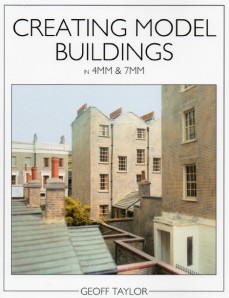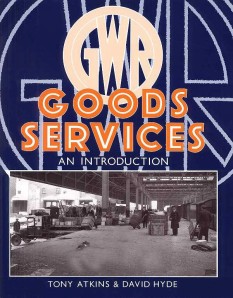Taking a brief intermission, this email* is doing the rounds, and I thought some of you might be interested.
*Edit: I now see it was taken from Leon Daniels’ blog.
Last night we carried out a test designed to demonstrate the feasibility of running a steam locomotive on the London Underground for its 150th anniversary in 2013.
Locomotive Met no 1 and the Metropolitan first class ‘Jubilee’ coach 353 are currently being restored and fundraising is underway. Restoration of both vehicles is progressing and the London Transport Museum is overseeing both the fundraising and the restoration projects.
To have a working steam locomotive on the Underground presents significant challenges and last night after end of traffic a special train undertook some proving runs. Beattie 30587 was the steam locomotive used. It is owned by the National Railway Museum and was built in 1874. It was coupled to 1923 Metropolitan Electric loco ‘Sarah Siddons’ which provided a viewing platform, and between two battery locomotives and wagons carrying water and coal.
It left Lillie Bridge depot after 0100 and ran from Earl’s Court at 0135 via the District line to Edgware Road. After a stop it then proceeded to Baker Street. At Baker Street the loco was run with protracted steam venting whilst heat and smoke levels in the station were tested. Later it shunted east to west and ran back to Edgware Road. Other trains – composed of S stock and C77 stock – ran around the steam loco train testing the effect on passing trains. With the tests complete the train ran back to Lillie Bridge via Earl’s Court.
All went very well. But the sight and sound of a steam locomotive on the Underground was pure magic. It is, of course some 40 years since there was any steam propulsion on the Underground and then of course for engineering/permanent way reasons. The last passenger train hauled by steam here was in 1905. A truly historic night out!
Another video added:



